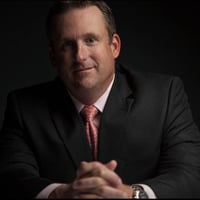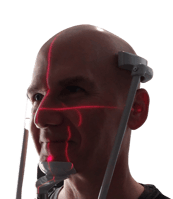Unleash innovation without compromise.
Unleash innovation without compromise.
This webinar aired on August 12, 2021

Sean Kaufman
Chief Executive Officer and Founding Partner
Safer Behaviors
LinkedIn
https://www.saferbehaviors.com/
I have several years of experience in the fields of organizational development, behavioral management and modification, crisis and risk communication and emergency preparedness in public health and business organizations. I have served on the Board of Commissioners at the National center for Health Education Credentialing (NCHEC), was a trustee for the Professional Development for the Society of Public Health Education (SOPHE), and Past-President of the Georgia Federation for Professional Health Educators (GFPHE).

Sharon Lipinski
CEO
Habit Mastery Consulting
https://habitmasteryconsulting.com/
Sharon Lipinski is the Habit SuperHero and CEO of Habit Mastery Consulting, which helps organizations increase their targeted safety behavior by up to 150%. She is a Certified Gamification for Teaching developer, certified CBT for insomnia instructor, speaker, TV personality and coach dedicated to helping people create the right habits so they can be happier, healthier and safer at home and in their work.

Jonathan Klane
MC; Director of Risk Management and Safety Education
SciShield
jonathan.klane@bioraft.com
After years of emphasizing EHS technical skills, Jonathan's focus has shifted much more to effectiveness and our softer skills like conflict management – a course he taught in an MBA program and as a workshop for EHS professionals. Additionally, in his PhD program he studies persuasion theory and techniques as they apply to affecting our risk perceptions and the use of storytelling among scientists, researchers, and EHS professionals.
Copyright @2024